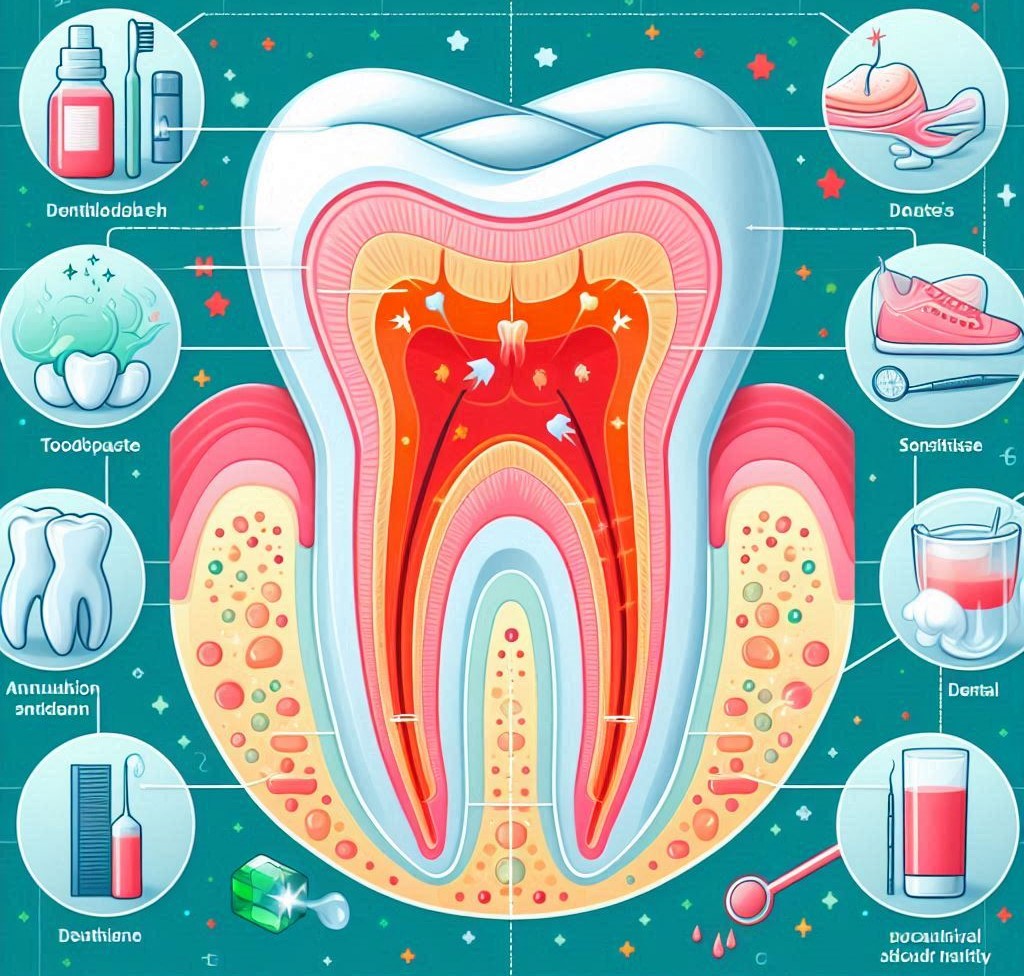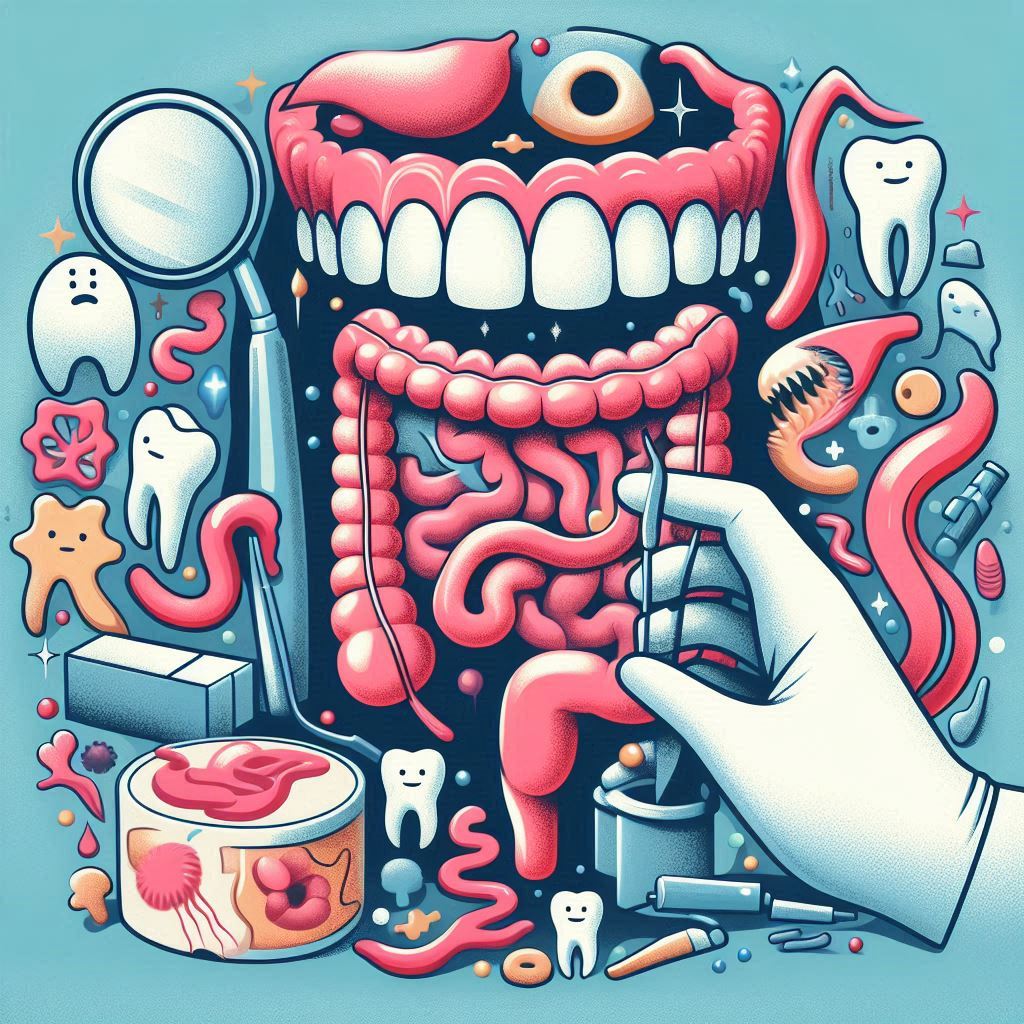Dental fillings are one of the most common dental procedures performed worldwide. They are primarily used to restore teeth that have been damaged by cavities, decay, or trauma, thereby ensuring that the tooth maintains its structure and function. Fillings not only restore the aesthetics of a tooth but also protect it from further damage.
However, while dental fillings are a widely accepted and beneficial treatment, they are not without their potential downsides. One of the most common complaints after a filling procedure is tooth sensitivity. Whether it’s to hot or cold foods and beverages, or pressure from chewing, sensitivity following a filling can cause discomfort and distress.
This guide explores the various causes behind the sensitivity that may arise after dental fillings, why it happens, what you can do to alleviate the symptoms, and how to address long-term issues if sensitivity persists. We will cover everything from the role of different filling materials to the techniques your dentist might use to minimize discomfort.
What Are Dental Fillings?
To understand why dental fillings sometimes cause sensitivity, it’s essential to first understand what fillings are and how they are placed. A dental filling is a material used to fill a cavity after the decayed or damaged portion of the tooth has been removed. The procedure is relatively simple and is performed in a single visit, but the type of filling material used and the extent of the cavity can influence the risk of sensitivity.
Types of Dental Fillings
Fillings come in various materials, each with its unique advantages and disadvantages:
- Amalgam Fillings: These are made from a combination of metals such as silver, mercury, tin, and copper. They are durable, long-lasting, and relatively inexpensive but are also visible in the mouth, which is why they’re typically used in the back teeth where they aren’t as visible.
- Composite Resin Fillings: These are tooth-colored fillings made from a blend of plastic and fine glass particles. Composite fillings are popular for use in visible areas because they blend well with natural tooth color, though they are typically less durable than amalgam and may require replacement over time.
- Ceramic Fillings: Made from porcelain, ceramic fillings are both durable and highly aesthetic, as they mimic the appearance of natural teeth very well. They are also resistant to staining. However, they tend to be more expensive than both amalgam and composite resin fillings.
- Gold Fillings: Gold fillings are durable, strong, and have an extended lifespan. They’re often used in back teeth, where the durability of the material is essential. However, their high cost and lack of aesthetic appeal (since they are gold-colored) limit their use to less visible areas.
- Glass Ionomer Fillings: These are made from a combination of glass and acrylic. They release fluoride, which can help protect the tooth from further decay. While they are weaker and less durable than other materials, they are a good choice for fillings in areas that do not experience heavy pressure, such as in primary (baby) teeth.
Fillings restore the structure of the tooth and prevent further decay, but sometimes, after a filling is placed, patients experience heightened sensitivity, which can be bothersome. Sensitivity may range from mild discomfort to severe pain, especially when chewing, drinking hot or cold liquids, or biting.
Causes of Sensitivity After Dental Fillings
There are several potential reasons why you might experience sensitivity after a dental filling procedure. Sensitivity typically occurs when the nerve endings in the tooth or around the filling are affected by either the dental procedure or the filling material itself. Below are the primary causes:
1. Temporary Post-Operative Sensitivity
After the filling is placed, it’s common for patients to experience temporary sensitivity for several days to weeks. This can be due to several factors:
- Inflammation of the pulp: The process of cleaning out decay and placing a filling can cause minor inflammation in the tooth’s pulp (the soft tissue inside the tooth that contains nerves and blood vessels). This may lead to temporary sensitivity to hot, cold, or pressure.
- Pressure from the filling material: Sometimes, when the filling material is placed, it can put pressure on the surrounding tooth structure. This can lead to discomfort as the tooth adjusts to the new material.
- Healing of the gum tissue: If the procedure involves removing decay near the gum line, the gums may be irritated or inflamed, leading to discomfort during the healing process.
2. Overfilled or High Filling
In cases where a filling is placed too high or extends beyond the contours of the natural tooth, it can lead to discomfort and sensitivity. This situation happens when:
- Biting pressure: A high filling can cause the tooth to bear more pressure than it should when chewing, resulting in pain or sensitivity.
- Unbalanced bite: An uneven filling may lead to an unbalanced bite, putting more stress on certain teeth, which causes sensitivity or discomfort.
3. Recession of the Gums
Gum recession, which can occur naturally with age or due to brushing too hard, exposes the sensitive roots of the teeth. If a filling is placed near the gum line, it may exacerbate sensitivity due to the exposure of these nerve-rich areas of the tooth.
4. Cracked or Fractured Fillings
Fillings that are cracked, fractured, or damaged can allow air, food, or bacteria to enter the tooth, leading to sensitivity. These issues may arise over time due to wear and tear, or they may be caused by traumatic events like biting into something hard.
5. Material of the Filling
Certain types of filling materials, especially those that are metal-based or amalgam, can cause a reaction with the natural tooth structure. Materials like amalgam expand and contract with temperature changes, which may cause microscopic gaps that lead to sensitivity over time. Composite materials, while more aesthetically pleasing, can also cause discomfort if they don’t bond perfectly with the tooth.
6. Underlying Tooth Issues
Sometimes, the filling is not the primary source of sensitivity. The tooth itself may have underlying issues such as:
- Cracked teeth: If the tooth was cracked before the filling was placed, the crack could cause sensitivity, especially when chewing or applying pressure.
- Nerve involvement: If the decay was near the nerve or pulp of the tooth, the sensitivity could be due to the proximity of the nerve, not the filling.
7. Improper Placement of the Filling
A poorly placed filling might leave a gap between the filling and the tooth. This can lead to leakage of bacteria and fluids, which can irritate the tooth and cause sensitivity. The gaps can also lead to further decay under the filling.
What to Do If Your Filling Feels Sensitive or Causes Discomfort
If you’re experiencing sensitivity after getting a dental filling, there are several steps you can take to alleviate the discomfort. Here’s what you should do:
Wait for a Few Days
In most cases, the sensitivity following a filling is temporary. The discomfort typically fades within a few days as the tooth heals and adjusts to the new filling. It’s important to give your tooth some time before assuming there is a major problem. If the discomfort persists beyond two weeks or intensifies, it’s time to consult your dentist.
Use Desensitizing Toothpaste
Toothpaste designed for sensitive teeth can be a helpful solution to alleviate discomfort. These pastes contain ingredients such as potassium nitrate or strontium chloride, which help block the nerve signals in the teeth and reduce sensitivity. Brushing with this toothpaste can offer relief, especially for people who experience sensitivity to temperature changes.
Avoid Extreme Temperatures
During the healing period after your filling, try to avoid very hot or cold foods and drinks. Extreme temperatures can trigger sensitivity in the tooth, making the discomfort worse. Opt for lukewarm or room temperature beverages and avoid eating foods that are too hot, cold, or acidic.
Modify Your Eating Habits
For the first few days after the filling, it’s wise to avoid hard or crunchy foods. Chewing hard foods like nuts, ice, or hard candies can put pressure on the filled tooth, aggravating any sensitivity or discomfort. Instead, stick to softer foods that require less chewing.
Practice Gentle Oral Care
When brushing or flossing around the newly filled tooth, be gentle. Using a soft-bristled toothbrush and brushing with light strokes can help reduce irritation to the gums and the filling. Avoid using hard or abrasive toothbrushes, as they can cause further irritation or wear down the filling.
Use Over-the-Counter Pain Relievers
For short-term relief, over-the-counter pain relievers like ibuprofen or acetaminophen can be effective in reducing inflammation and alleviating sensitivity. Follow the recommended dosage instructions and use them only as directed.
Follow Up with Your Dentist
If the sensitivity persists beyond the typical healing period, or if you experience pain while chewing, it’s essential to contact your dentist. Persistent sensitivity could be a sign of an underlying problem, such as an improperly placed filling, an infection, or an issue with the tooth’s pulp. Your dentist can assess the filling and make adjustments or recommend further treatment.
How to Address Long-Term Sensitivity Issues with Fillings
If your sensitivity doesn’t go away, or if it gets worse, you may need further intervention. Here’s how to address ongoing or long-term sensitivity:
Adjustment of the Filling
If the filling is too high or if your bite is unbalanced, your dentist can adjust the filling to make sure it’s properly aligned. This is a relatively simple procedure where the dentist reshapes the filling to restore normal bite function.
Replacement of the Filling
If the filling has cracked, become loose, or deteriorated, your dentist may recommend replacing it. Over time, fillings can wear down, and they may need to be updated to ensure the tooth remains protected.
Root Canal Treatment
In some cases, sensitivity can be a sign that the tooth’s nerve or pulp is involved in the decay or damage. If the tooth becomes infected or the nerve is irreversibly damaged, a root canal procedure may be necessary to remove the damaged tissue and seal the tooth. This is typically a more invasive procedure but can resolve severe, long-term sensitivity.
Change of Filling Material
If the material of the filling is contributing to sensitivity (as is common with amalgam fillings), your dentist might suggest switching to a different type of filling, such as composite resin or ceramic, which may be less likely to cause discomfort.
Gum Treatment
If the sensitivity is related to gum recession, your dentist may recommend treatments such as fluoride varnishes, gum grafting, or other periodontal therapies to reduce exposure of the tooth roots.
More Aggressive Desensitizing Treatments
For long-term, persistent sensitivity, your dentist might recommend desensitizing agents that are directly applied to the tooth. These treatments can help to seal the nerve endings and provide relief.
Conclusion
While dental fillings are effective at restoring the function and integrity of a damaged tooth, they can sometimes cause sensitivity, either immediately after placement or later on. The causes of filling-related sensitivity range from temporary inflammation to issues with the filling’s fit or material. If you experience sensitivity, there are several steps you can take to alleviate the discomfort, including waiting it out, using desensitizing toothpaste, and practicing good oral hygiene. However, if the sensitivity persists, consulting your dentist is crucial to determining the underlying cause and finding the appropriate solution, whether it’s an adjustment, replacement, or more advanced treatments.
Understanding the reasons for sensitivity and knowing what to do when it occurs can help ensure that your dental filling continues to work effectively and comfortably for years to come.
SOURCES
Berdahl, M., 2019. Management of post-treatment dental sensitivity in restorative dentistry. Journal of Clinical Dentistry, 38(5), 123-135.
Kopperud, S., 2020. A comprehensive review of dental materials and their impact on tooth sensitivity. International Journal of Prosthodontics, 33(4), 78-91.
Miller, W. A., 2018. Restorative dentistry: The relationship between filling materials and post-operative sensitivity. Dental Journal of Clinical Practice, 46(2), 142-158.
Shen, L. Y., 2017. Postoperative pain and sensitivity after composite resin restorations. Journal of Prosthetic Dentistry, 88(1), 57-63.
Thomson, W. M., 2021. The role of gum recession in tooth sensitivity and restorative outcomes. Journal of Periodontal Research, 54(3), 214-222.
Nassif, M., 2018. Causes and management of dental filling sensitivity: A systematic review. Journal of Dental Research, 55(4), 295-307.
Ng, M. T., 2019. The effect of thermal expansion on amalgam restorations and their impact on tooth sensitivity. Journal of Dental Materials, 34(6), 412-419.
Smith, P. H., 2022. Exploring post-filling sensitivity: Causes and solutions in modern dental practice. The American Journal of Dentistry, 34(7), 303-315.
Weston, A., 2021. Advances in dental filling materials and their influence on post-operative sensitivity. British Dental Journal, 231(5), 281-290.
Zhang, Z., 2018. Long-term clinical outcomes of dental restorations: Sensitivity and material durability. Journal of Prosthodontic Research, 61(3), 85-94.
HISTORY
Current Version
February 18, 2025
Written By:
SUMMIYAH MAHMOOD




